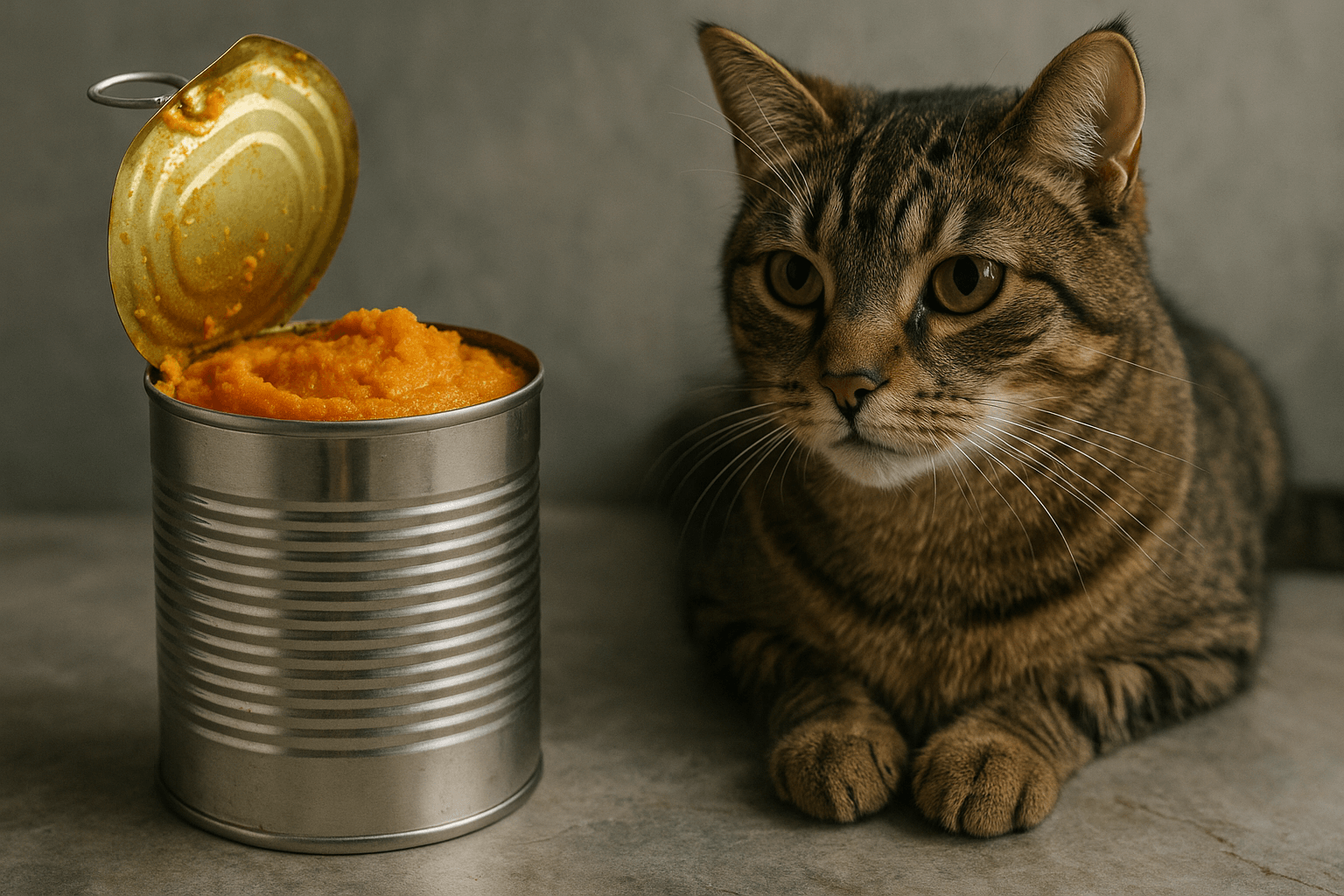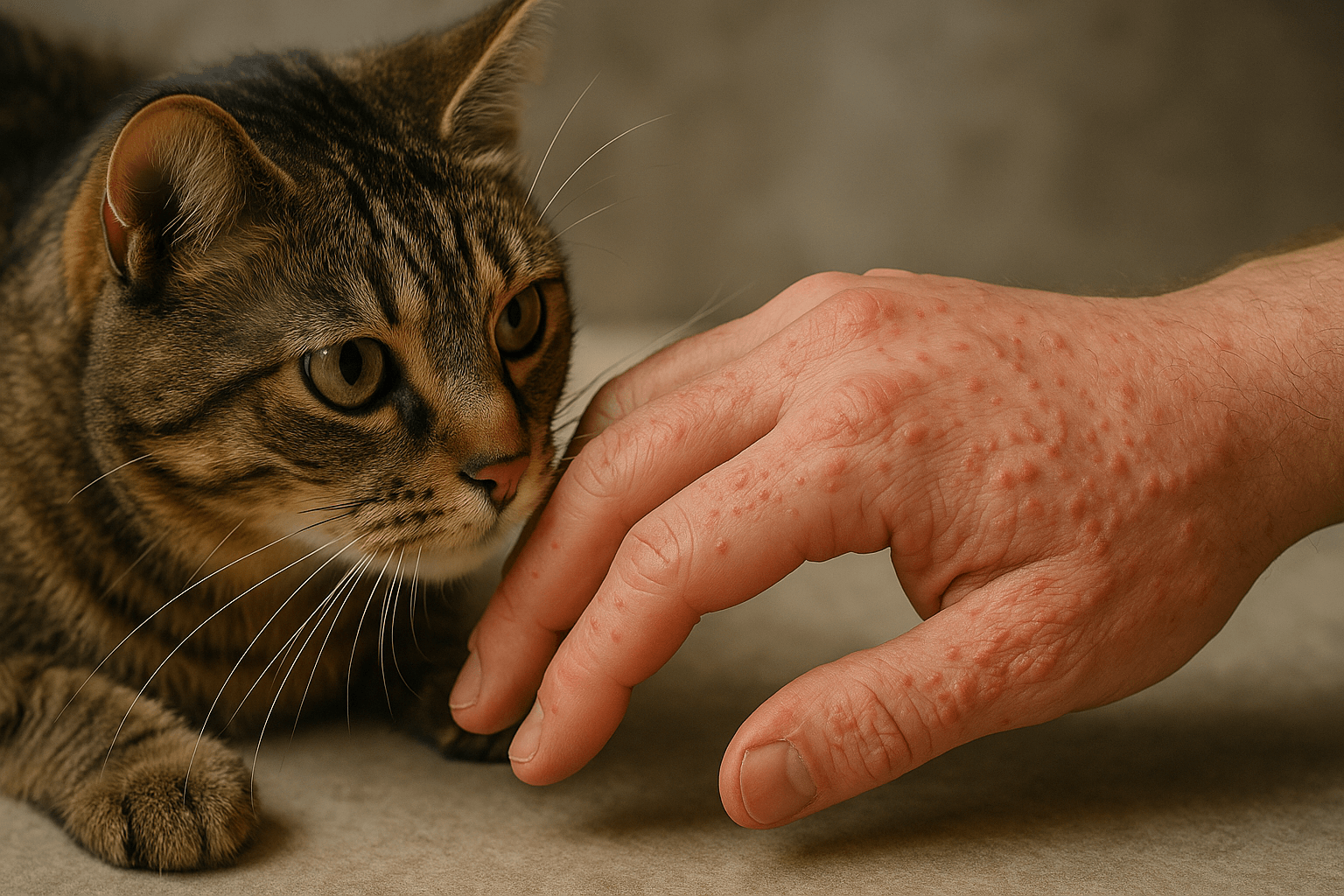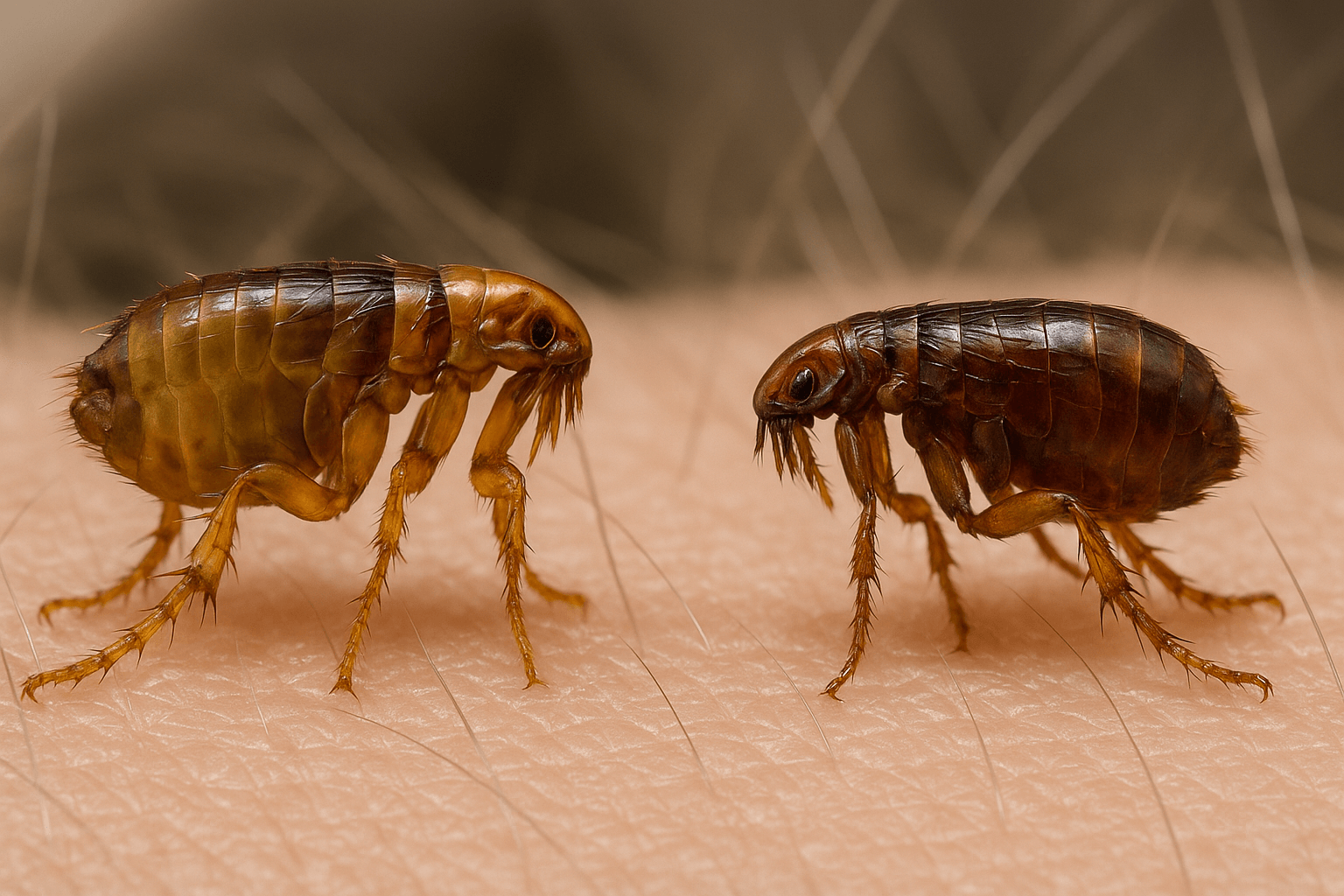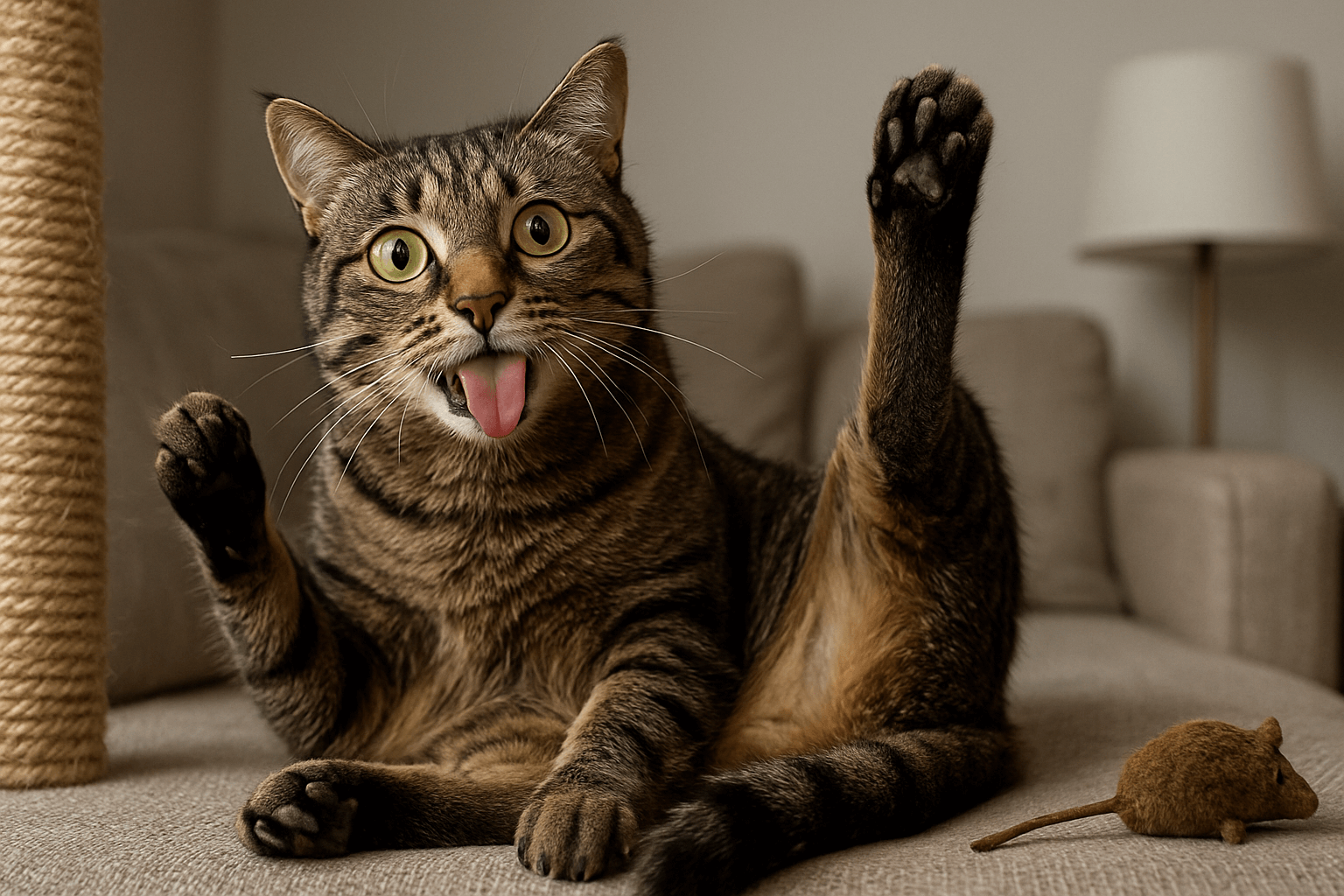Can Cats Eat Croissants?
As cat owners, we often find ourselves wondering whether our furry friends can share in the foods we enjoy. One such food that might catch your cat’s curious eye is the buttery, flaky delight known as a croissant. But before you toss a piece of this pastry to your feline companion, it’s important to consider whether croissants are safe for cats to eat. While cats may show interest in human food, not all of it is suitable for their unique dietary needs. In this blog post, we’ll explore the potential risks and benefits of feeding croissants to cats, along with safer alternatives and expert advice to keep your pet healthy and happy.
Why Croissants Are Not Ideal for Cats
While croissants may seem harmless at first glance, they contain ingredients that can be problematic for cats. Understanding these risks is key to making informed decisions about your pet’s diet.
High Fat Content:
Croissants are loaded with butter and fats, which can upset a cat’s sensitive digestive system and lead to vomiting or diarrhea.Potential Lactose Intolerance:
Many cats are lactose intolerant, meaning the dairy in croissants could cause stomach discomfort or gas.Empty Calories:
Croissants offer little nutritional value for cats, providing only empty calories that can contribute to weight gain over time.Risk of Choking:
The flaky texture of croissants can break into small pieces, posing a choking hazard if swallowed whole.Additives and Preservatives:
Store-bought croissants often contain artificial ingredients that are not designed for feline consumption and could harm their health.
These factors make croissants an unsuitable treat for cats, despite their tempting aroma and texture.
What Happens If Your Cat Eats a Croissant?
If your cat manages to sneak a bite of a croissant, don’t panic—small amounts are unlikely to cause serious harm. However, there are signs to watch for that indicate your cat may be experiencing adverse effects.
Mild Digestive Upset:
Symptoms like vomiting or diarrhea may occur due to the high fat and lactose content in croissants.Lethargy or Discomfort:
If your cat seems unusually tired or restless, it could be a sign of digestive distress from eating the pastry.Increased Thirst or Urination:
Excessive thirst or urination might suggest your cat’s body is struggling to process unfamiliar ingredients.Allergic Reactions:
In rare cases, cats may exhibit signs of allergies, such as itching, swelling, or difficulty breathing.No Reaction at All:
Some cats may tolerate a small amount of croissant without issue, but this doesn’t mean it’s safe to feed them regularly.
Monitoring your cat closely after accidental ingestion ensures you can act quickly if any problems arise.
Check this guide 👉Can Cats Eat Ground Beef? Best 7 Health Tips!
Check this guide 👉Can Cats Eat Seaweed? Best 7 Expert Tips!
Check this guide 👉Can Cats Eat Honey? Best 7 Expert Tips!

Safe Human Foods for Cats | Foods to Avoid Feeding Cats |
|---|---|
Plain cooked chicken (boneless) | Croissants and other baked goods |
Steamed green beans | Chocolate and sugary snacks |
Small amounts of plain rice | Onions, garlic, and chives |
Watermelon (seedless) | Alcohol and caffeine |
Hard-boiled eggs (no seasoning) | Grapes and raisins |
Healthier Alternatives to Croissants for Cats
If you’re looking to treat your cat without compromising their health, there are plenty of cat-friendly options that are both safe and nutritious.
Cat-Specific Treats:
Commercially available treats are formulated to meet your cat’s dietary needs while satisfying their cravings.Plain Cooked Meat:
Small portions of plain, unseasoned chicken or turkey provide protein-rich nourishment.Freeze-Dried Snacks:
Freeze-dried liver or fish treats mimic the taste of raw food while being convenient and mess-free.Fresh Vegetables:
Steamed carrots or green beans can serve as low-calorie, fiber-rich snacks for your cat.Homemade Cat Treats:
Simple recipes using ingredients like tuna, pumpkin, or oats allow you to create healthy, homemade goodies.
These alternatives ensure your cat enjoys tasty treats without the risks associated with human foods like croissants.
Tips for Preventing Your Cat from Eating Unsafe Foods
Cats are naturally curious and may try to nibble on anything they find appealing. Taking proactive steps can help prevent accidental ingestion of harmful foods.
Store Food Securely:
Keep pastries, baked goods, and other unsafe foods out of reach to avoid temptation.Supervise Meal Times:
Be mindful of what your cat has access to when preparing or eating meals yourself.Teach “Leave It” Commands:
Training your cat to respond to verbal cues can deter them from approaching unsafe items.Use Pet-Proof Containers:
Invest in airtight containers for storing human snacks to reduce the risk of theft.Provide Plenty of Toys:
Keeping your cat entertained with toys and activities reduces their focus on food-related mischief.
By implementing these strategies, you can minimize the chances of your cat consuming something harmful.
Common Ingredients in Croissants That Harm Cats
Several components commonly found in croissants can pose risks to your cat’s health. Being aware of these ingredients helps you make smarter choices about what to feed your pet.
Butter:
High-fat butter can overwhelm a cat’s digestive system, leading to pancreatitis or obesity over time.Sugar:
Excessive sugar intake can contribute to dental issues, obesity, and diabetes in cats.Yeast Dough:
Unbaked yeast dough can expand in a cat’s stomach, causing bloating and severe discomfort.Salt:
Too much salt disrupts a cat’s electrolyte balance, potentially leading to dehydration or sodium poisoning.Flavor Enhancers:
Artificial flavors or seasonings can irritate a cat’s stomach and are best avoided entirely.
Avoiding these ingredients ensures your cat remains safe and healthy.
Signs Your Cat May Have Eaten Something Toxic
Accidents happen, and sometimes cats ingest foods they shouldn’t. Recognizing the warning signs of toxicity allows you to seek prompt veterinary care.
Vomiting or Diarrhea:
These are common symptoms of gastrointestinal distress caused by toxic or inappropriate foods.Excessive Drooling:
Drooling can indicate nausea or irritation in the mouth or throat.Loss of Appetite:
A sudden refusal to eat may signal that your cat is feeling unwell.Behavioral Changes:
Lethargy, aggression, or unusual hiding behaviors can point to underlying health issues.Difficulty Breathing:
Labored breathing or coughing requires immediate attention, as it could indicate an allergic reaction.
Acting quickly when you notice these signs can save your cat from further complications.
Fun Ways to Treat Your Cat Without Food
If you’re looking to spoil your cat without relying on edible treats, there are plenty of creative ways to show them love and affection.
Interactive Playtime:
Engage your cat with wand toys, laser pointers, or puzzle games to stimulate their mind and body.Grooming Sessions:
Brushing your cat’s fur not only strengthens your bond but also keeps their coat shiny and healthy.New Toys and Accessories:
Surprise your cat with new scratching posts, tunnels, or plush toys to keep them entertained.Extra Cuddles:
Spending quality time cuddling or petting your cat reinforces your connection and makes them feel loved.Outdoor Adventures (Safely):
Use a harness and leash to take your cat on supervised outdoor explorations, satisfying their curiosity safely.
These non-food-based rewards ensure your cat feels cherished without compromising their health.
Frequently Asked Questions About Cats and Croissants
Is it okay to give my cat a tiny piece of croissant?
While a very small amount may not harm your cat, it’s best to avoid feeding them croissants altogether.
What should I do if my cat eats a large piece of croissant?
Monitor your cat closely for symptoms like vomiting or diarrhea, and consult your vet if issues persist.
Are there any safe bread options for cats?
Plain white or wheat bread in moderation is generally safe, but it offers no nutritional benefit.
Can kittens eat croissants?
Kittens have even more sensitive digestive systems, so croissants should be avoided entirely.
How can I tell if my cat has lactose intolerance?
Signs include bloating, gas, vomiting, or diarrhea after consuming dairy products.
Prioritizing Your Cat’s Health Over Temptation
While it’s natural to want to share your favorite foods with your cat, it’s essential to remember that their dietary needs differ significantly from ours. Croissants, though delicious for humans, are not suitable for feline consumption due to their high fat, lactose, and additive content. By understanding the risks and opting for healthier alternatives, you can ensure your cat stays happy, healthy, and satisfied. Always prioritize your cat’s well-being by offering treats specifically designed for them and consulting your veterinarian for personalized advice. After all, a healthy cat is a happy cat—and that’s worth every effort.
Canned Pumpkin for Cat Diarrhea: Best 7 Expert Tips! Natural remedy to firm stools, soothe upset bellies, and support gut health safely.
Can a Cat Give You Scabies? Best 7 Expert Tips! Discover the truth about feline mites, human skin risks, and how to protect yourself—without panic.
Cat Flea vs Human Flea: Best 7 Expert Tips! Discover the truth about bites, species, and how to eliminate infestations for good.
Weird Cat Behaviors: Best 7 Expert Tips! Discover why cats do strange things—and how to understand, not punish, their instincts for a happier home.





